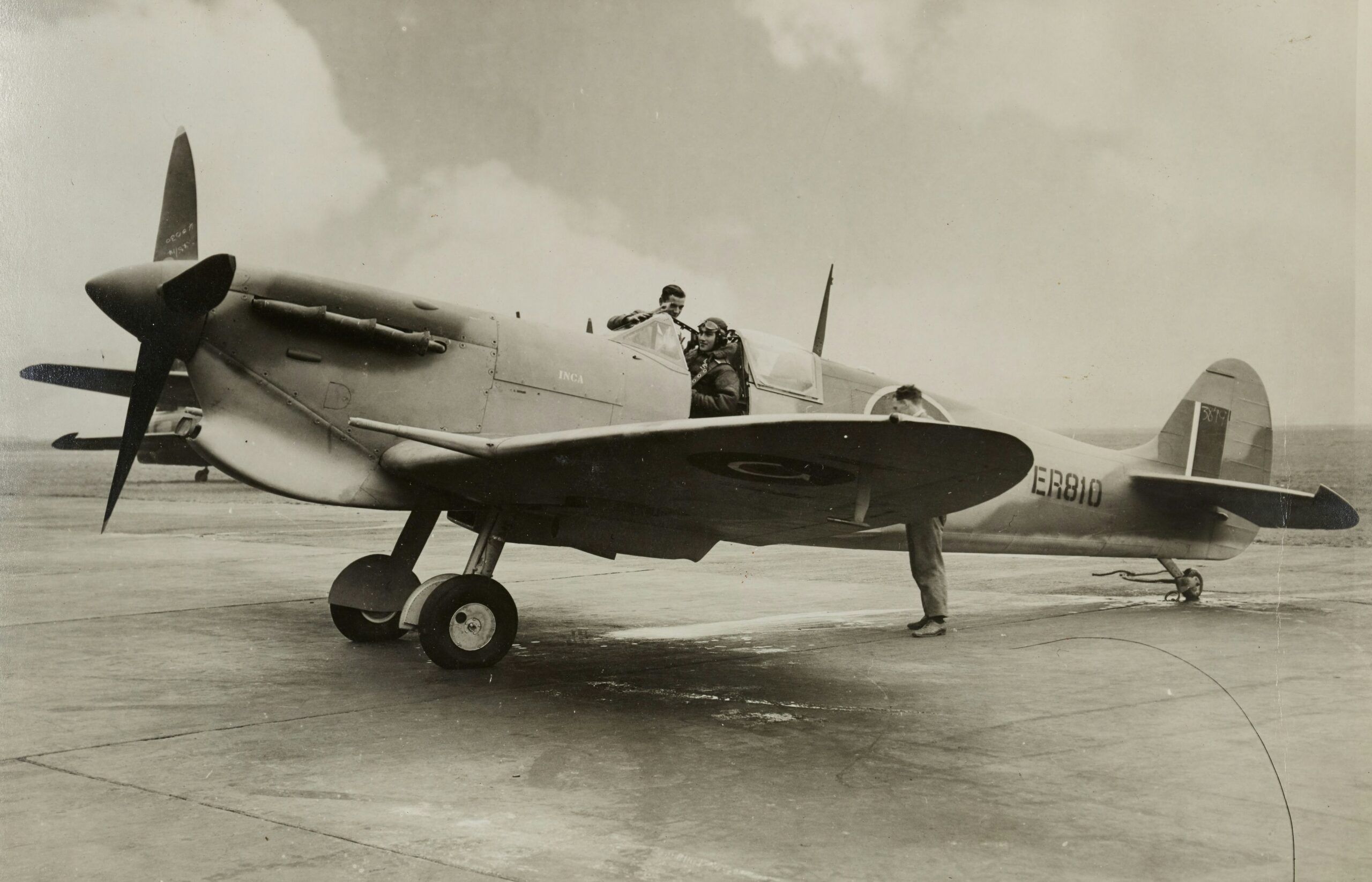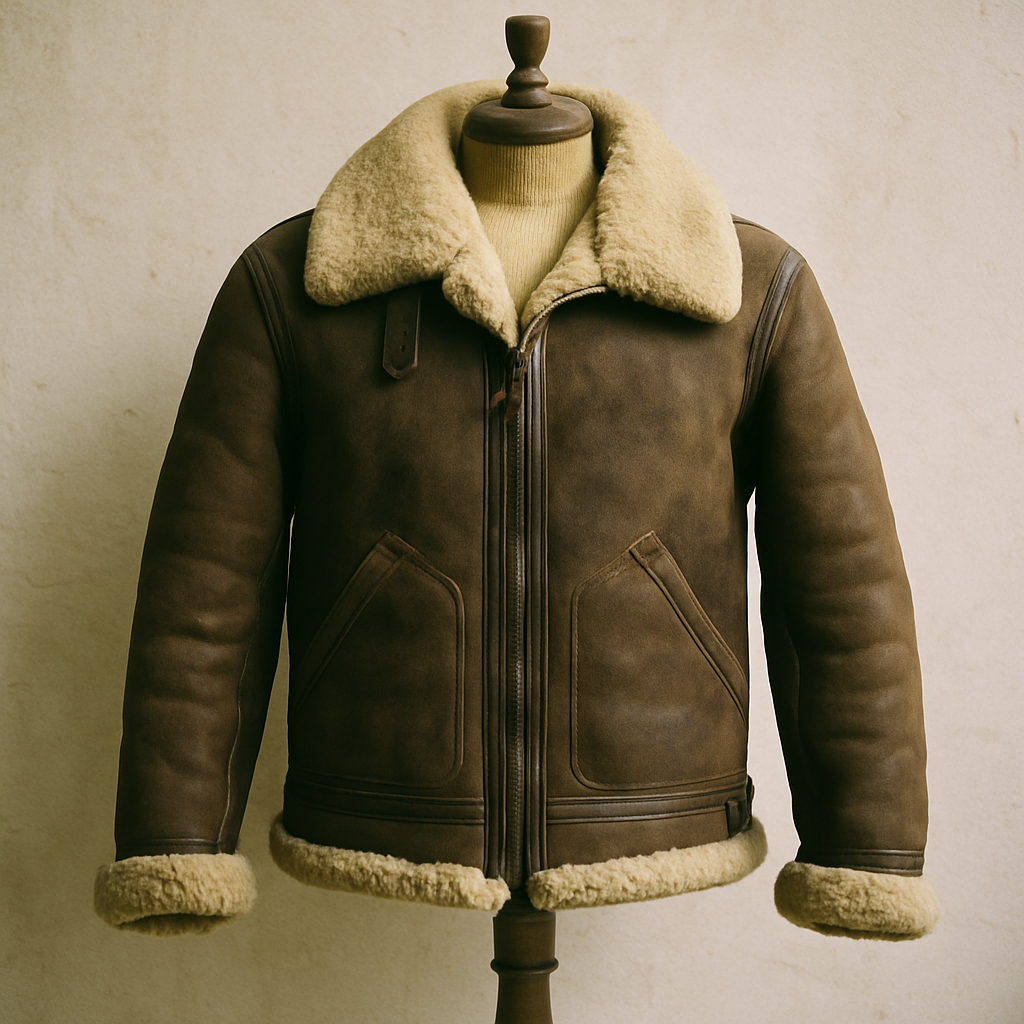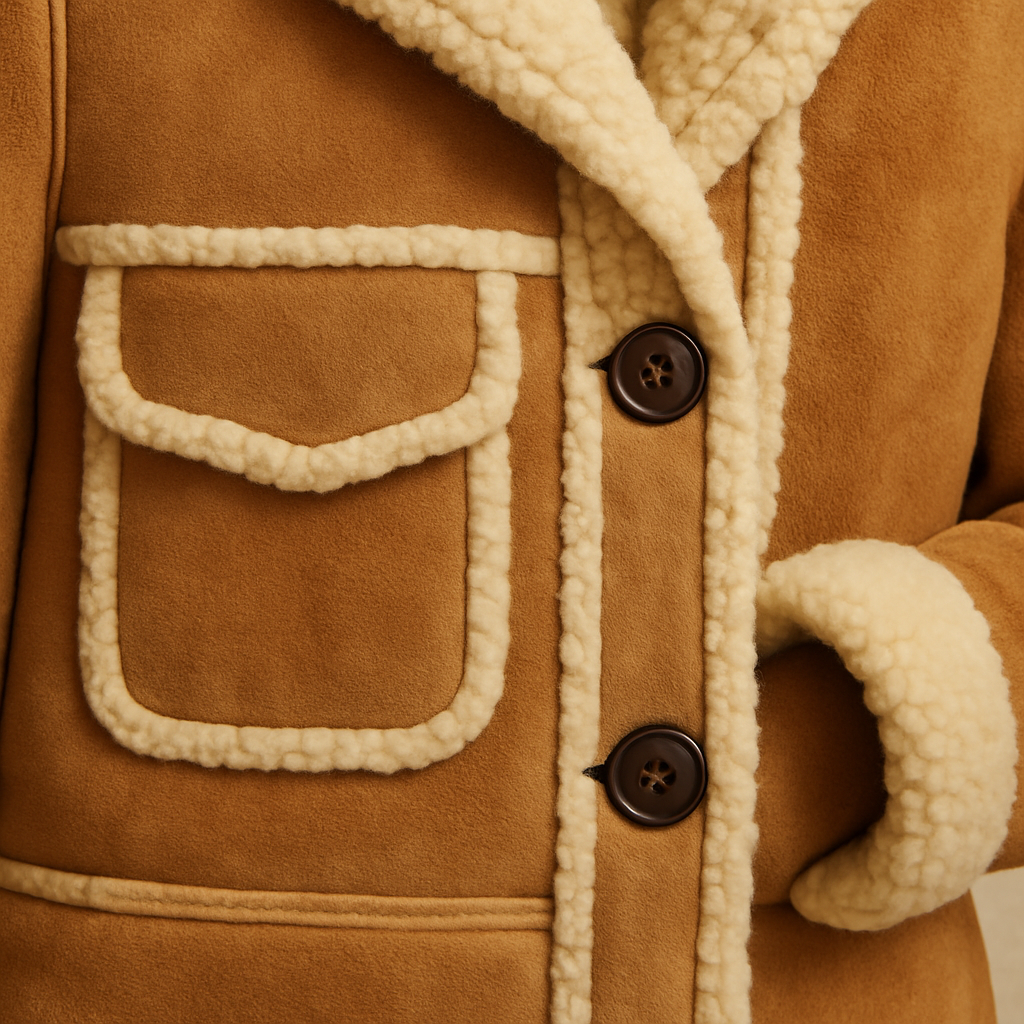Physical Address
304 North Cardinal St.
Dorchester Center, MA 02124
Physical Address
304 North Cardinal St.
Dorchester Center, MA 02124


I’ve been writing about menswear and outerwear for over fifteen years, and if there’s one piece I get asked about constantly, it’s the shearling aviator jacket. Just last week, three different readers emailed me asking whether these jackets are worth the investment. My answer? Absolutely, but only if you know what to look for.
Let me share what I’ve learned from testing dozens of these jackets, talking to manufacturers, and watching how they’ve evolved in the fashion landscape.

Here’s something most people don’t realize: the shearling aviator jacket wasn’t designed to look cool – it was literally a matter of life and death for World War I and II pilots.
I had the chance to examine some original military-issue jackets at the Smithsonian a few years back, and the craftsmanship was incredible. These pilots were flying open-cockpit planes at 20,000 feet where temperatures could drop to -40°F. Regular wool coats just didn’t cut it.
The solution was brilliant in its simplicity: combine tough leather on the outside with natural sheepskin lining on the inside. The leather blocked wind and moisture, while the wool side of the sheepskin created an insulating layer that trapped warm air close to the body.
What really impressed me about those vintage pieces was the functional details:
When the war ended, many pilots kept wearing their jackets. Who wouldn’t? They were incredibly warm, virtually indestructible, and honestly looked pretty badass. Hollywood caught on in the 1950s, and the rest is fashion history. And if we’re being honest, Tom Cruise had a huge role to play in the famous scene from top gun.

After handling probably 50+ different shearling aviator jackets over the years – from $200 fast-fashion versions to $2,000+ luxury pieces – I can tell you the differences are dramatic. And for good reason too.
I learned this lesson the hard way with my first cheap aviator jacket back in 2009. The “genuine leather” started cracking after one winter season, and to make things worse, I was on a date when I noticed it too! Talk about embarrassment. Real quality leather – whether it’s lambskin, cowhide, or goatskin – should feel supple but substantial.
Here’s my quick test when I’m reviewing shearling aviator jackets: I gently pinch a section of leather between my fingers. Quality leather will have a slight give but snap back into shape. Cheap leather feels either too stiff (over-processed) or too soft (thin and likely to tear). The tug/pinch just tells you something words simply can’t. It’s a synergy between skin.
The best jackets I’ve tested use vegetable-tanned leather that actually improves with age. I have a jacket from 2015 that looks better now than when I bought it – the leather has developed this rich patina that you simply can’t fake.
I’ll be blunt, synthetic “shearling” is usually disappointing. I’ve tested plenty of faux fur lined jackets, and while some look decent initially, they don’t regulate temperature like real sheepskin. You end up either too hot or too cold, with no in-between.
Real shearling aviator jacket is naturally temperature-regulating because the wool fibers create tiny air pockets that insulate when it’s cold but breathe when you warm up. It’s also naturally antimicrobial, which means less odor buildup – something I definitely appreciate during long testing periods.
From my experience reviewing outerwear, here’s what distinguishes a well-made aviator jacket:
Stitching: Double or triple-stitched seams at stress points. I always check the armpit area – if they’ve skimped here, they’ve probably cut corners elsewhere.
Hardware: Quality zippers (preferably YKK) and metal buckles that feel substantial. Plastic components are usually a red flag.
Fit: A good aviator jacket should fit snugly at the waist but allow for layering underneath. The sleeves should hit right at your wrist bone when your arms are at your sides.
I’ve photographed these jackets in countless outfit combinations over the years, and here’s what I’ve learned actually works in practice:
The best-looking combinations I’ve photographed are usually the simplest. My go-to recommendation:
The Shearling jacket itself makes enough of a statement – you don’t need to compete with it. I’ve seen too many guys try to layer multiple statement pieces and end up looking like they’re wearing a costume.
The most successful women’s styling I’ve shot tends to balance the jacket’s masculine heritage with more feminine silhouettes:
One trick I learned from working with stylists: the jacket’s boxy shape means it works best when the bottom half of your outfit is more fitted.
After years of styling these Shearling Aviator Jackets for photoshoots:
Care and Maintenance: What I’ve Learned from Mistakes
I’ll admit it: I ruined my first shearling jacket by putting it in the washing machine. Don’t be like me. Here’s what actually works, learned through trial and considerable error:
I use a high-quality leather conditioner – currently Lexol, though I’ve had good results with Chamberlain’s as well. Apply it when the leather starts looking dry, usually every 3-4 months depending on wear frequency.
My process:
Store your jacket on a wide, padded hanger – never fold it. I keep mine in a breathable garment bag (not plastic) in a cool, dry closet. Cedar blocks help prevent moth damage to the shearling.
I learned this one the hard way: if your jacket gets seriously wet, take it to a leather specialist. I once tried to dry a soaked jacket with a hair dryer and created permanent wrinkles in the leather. The professional cleaning cost $150, but it saved a $1,200 jacket.
After reviewing jackets from brands ranging from Zara to Tom Ford, here’s my practical buying advice:
Based on my testing over the years:
Every brand fits differently, but here’s my general rule: if you’re between sizes, size up. You want to be able to layer underneath, and shearling jackets look better with a slightly relaxed fit than skin-tight.
In my years covering fashion, I’ve watched the shearling aviator jacket appear everywhere from indie films to luxury runways. There’s something about the piece that just resonates with people – maybe it’s the military history, maybe it’s the craftsmanship, or maybe it’s just that they look effortlessly cool.
I’ve interviewed several designers who’ve created their own versions, and they all mention the same thing: it’s nearly impossible to improve on the original design. You can tweak details or change proportions, but the core formula of leather + shearling + military-inspired details remains unbeatable. Again, i just HAVE to mention Top Gun.
After fifteen years of testing, wearing, and writing about these jackets, here’s my honest take: a quality shearling aviator jacket is one of the best investments you can make in outerwear.
Yes, they’re expensive upfront – expect to spend $800-1,500 for something truly good. But when you break that down over 10-15 years of wear (which is realistic with proper care), it’s actually quite reasonable.
Just don’t expect miracles from budget versions. I’ve tested plenty of $200-300 jackets that looked okay initially but fell apart within a year. Buy once, buy right.
My top recommendation for most people: Start with Schott NYC’s classic B-3 if you want military authenticity, or their Cafe Racer version if you prefer a more modern silhouette. Both offer excellent quality at fair prices, and I’ve never had a reader complain about either.
The aviator jacket has survived nearly a century of changing fashion trends for good reason. When you find the right one, it becomes one of those rare pieces you’ll reach for year after year, season after season.
About the author: I’ve been covering menswear and outerwear for publications including GQ, Esquire, and my own fashion blog for over 15 years. I’ve personally tested and reviewed over 200 leather jackets, including extensive hands-on experience with shearling aviator styles from budget to luxury brands.